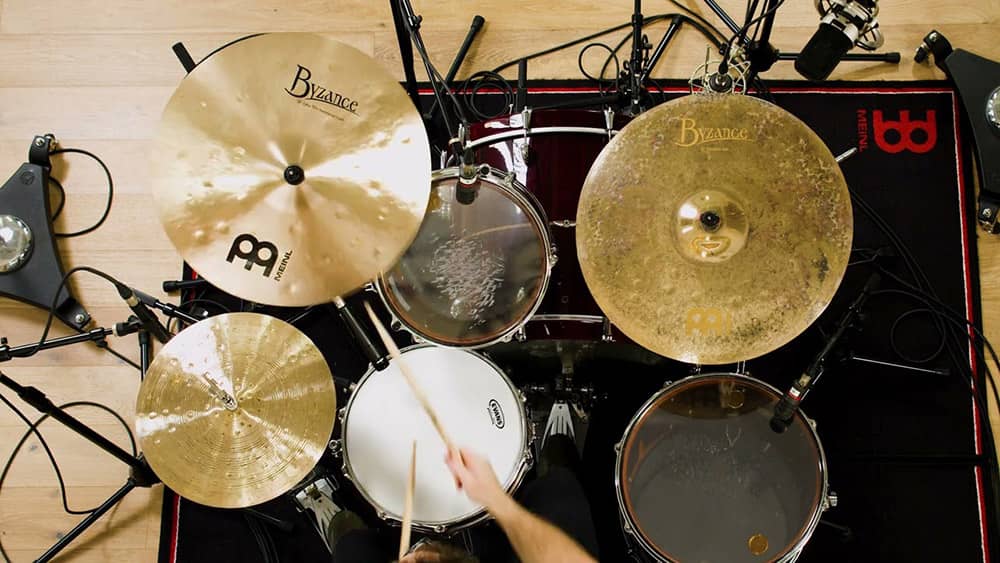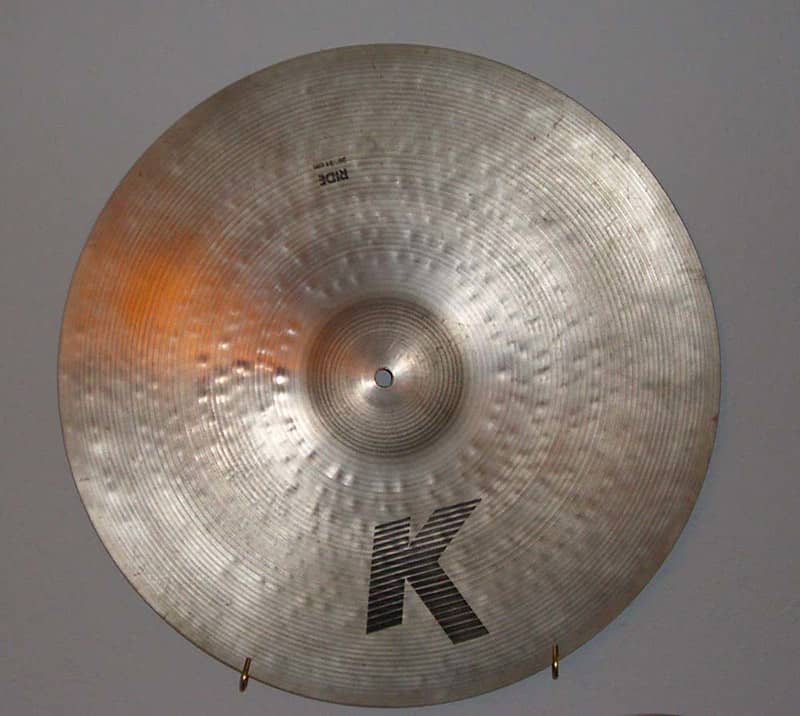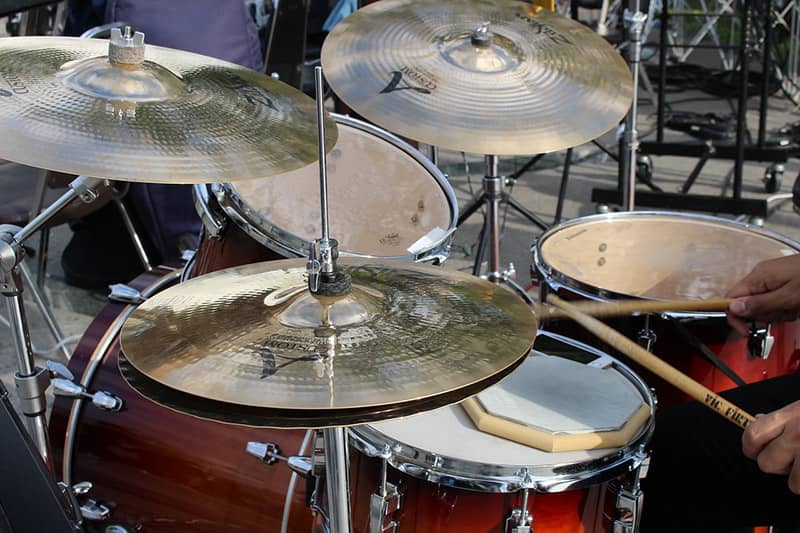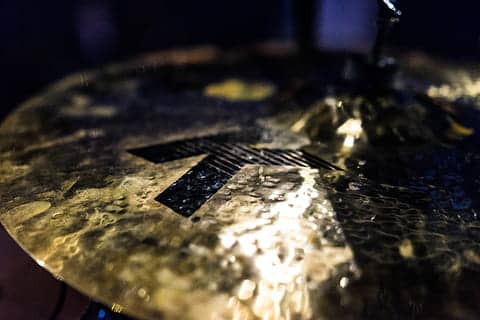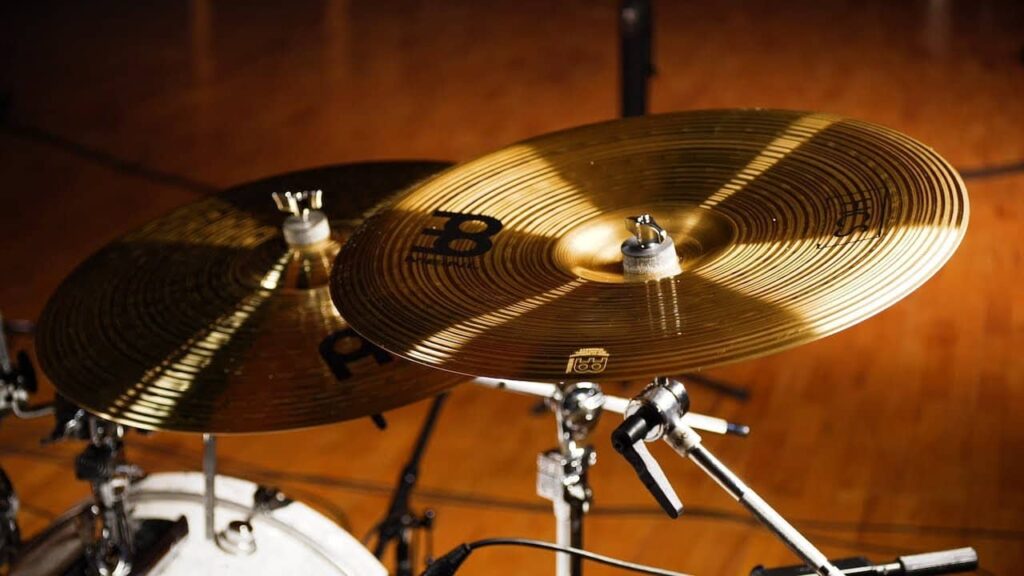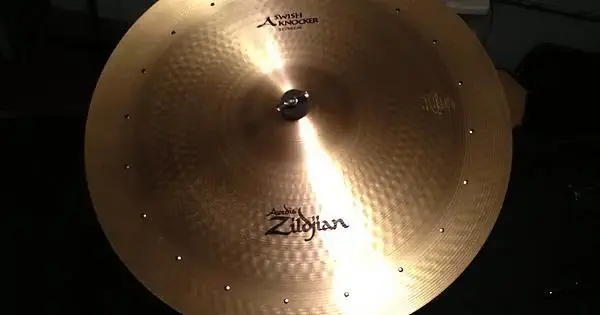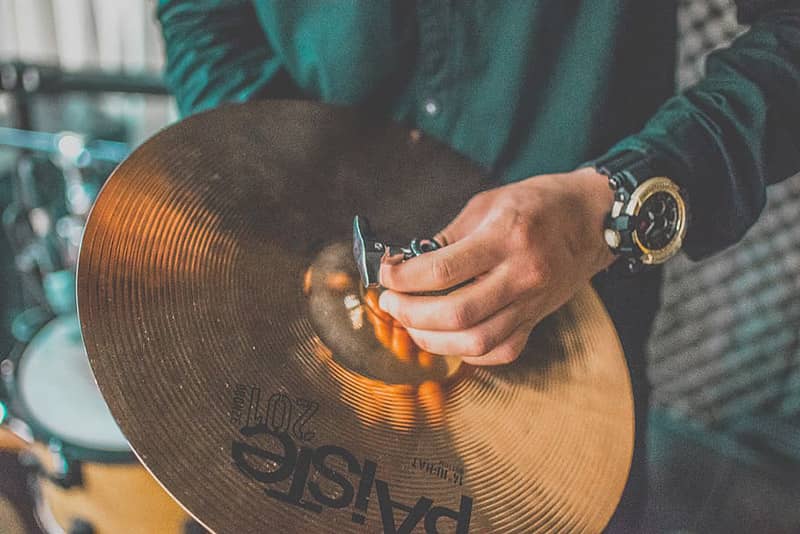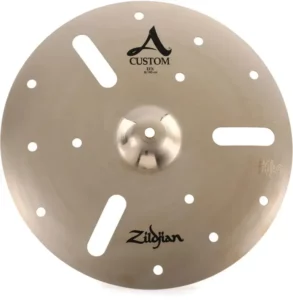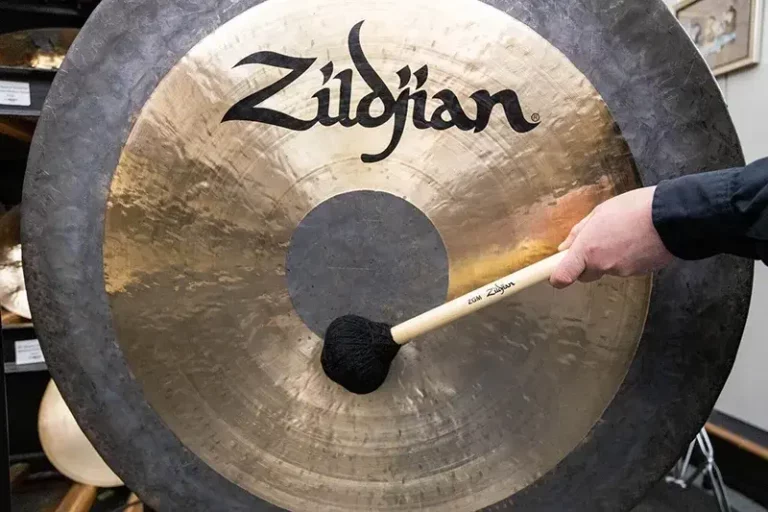The finish of a cymbal not only affects its visual appeal but also has a significant impact on its sound characteristics.
Different finishes can alter the cymbal’s response, sustain, and timbre, providing drummers with a variety of tonal options to suit their playing style and musical context.
Here’s an overview of the most common types of cymbal finishes and how they influence the sound and performance of the cymbals.
Traditional Finish
Traditional finish, also known as natural finish, showcases the cymbal’s original bronze color.
This finish is achieved through a process that includes lathing but skips the extra polishing, buffing, or coating steps that other finishes might use.
Sound Characteristics:
Cymbals with a traditional finish tend to have a warm, rich sound with a balanced mix of bright and dark tones. They offer a smooth frequency response, making them versatile for a wide range of musical styles.
Brilliant Finish
Brilliant finish cymbals undergo additional buffing and polishing, resulting in a shiny, mirror-like surface. This extra process not only gives the cymbal a sleek look but also affects its sound properties.
Sound Characteristics:
Brilliant finish cymbals are known for their bright, cutting sound with enhanced high frequencies.
They tend to have a higher pitch and a more pronounced stick definition compared to traditional finishes, making them popular in rock, pop, and other genres that require cymbals to cut through the mix.
Dark Finish
Dark finish cymbals are treated in a way that darkens the bronze, giving them a distinctive, aged look. This finish can be achieved through various methods, including patination, chemical treatment, or sandblasting.
Sound Characteristics:
As the name suggests, dark finish cymbals produce a darker, drier sound with fewer overtones and a shorter sustain.
They’re often favored in jazz and acoustic music for their complex tonal qualities and subtle articulation.
Hybrid Finish
Hybrid finish cymbals combine different finishes on a single cymbal, such as a brilliant finish on the bow and a traditional finish on the bell. This technique creates varied visual and sonic characteristics within the same cymbal.
Sound Characteristics:
The sound of hybrid finish cymbals can vary significantly depending on the combination of finishes used.
Generally, they offer a blend of bright and dark tones, providing a versatile sound palette that can accommodate a range of musical styles.
Raw Finish
Raw finish cymbals are left untreated after casting, retaining the original surface texture and color of the metal.
This finish can include visible hammer marks, lathing grooves, and other imperfections that contribute to the cymbal’s character.
Sound Characteristics:
Cymbals with a raw finish typically have a dry, earthy sound with complex overtones and a controlled sustain.
They’re well-suited for genres that value nuanced, expressive cymbal sounds, such as jazz and world music.

